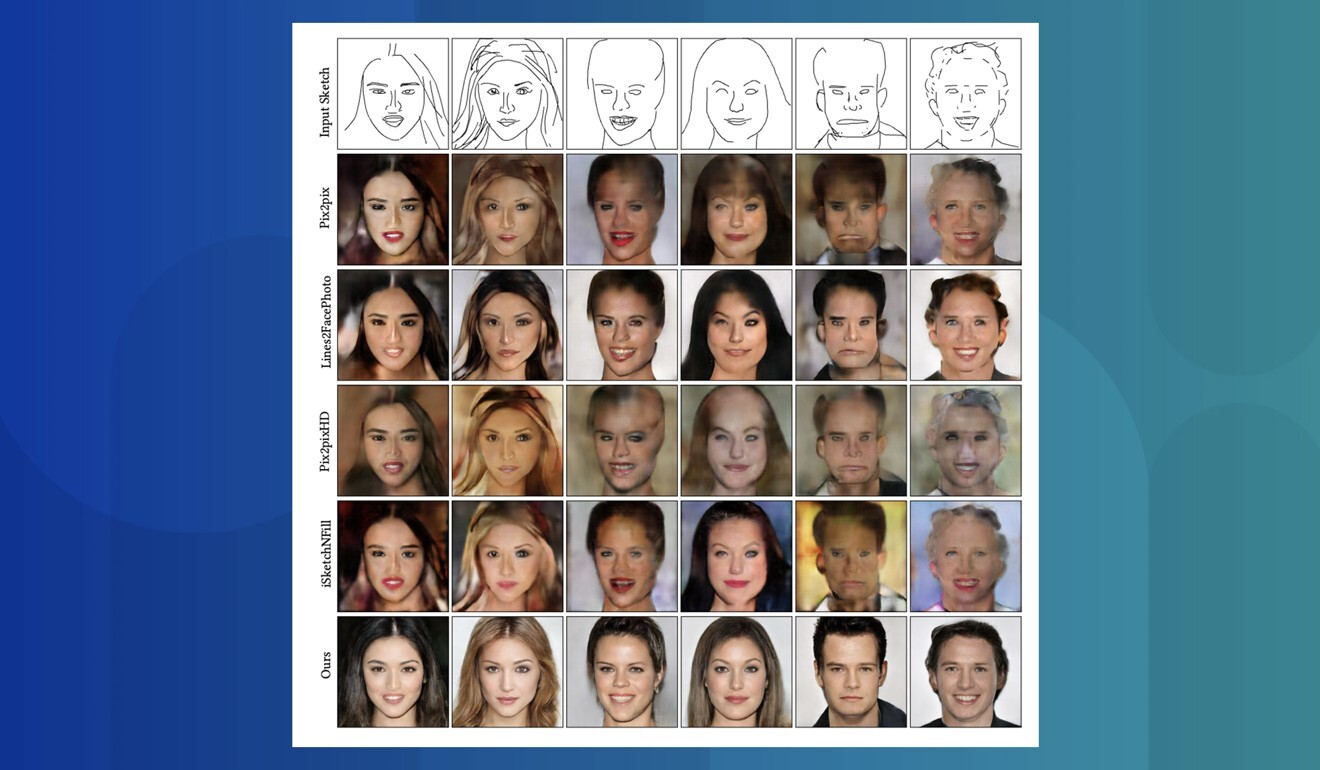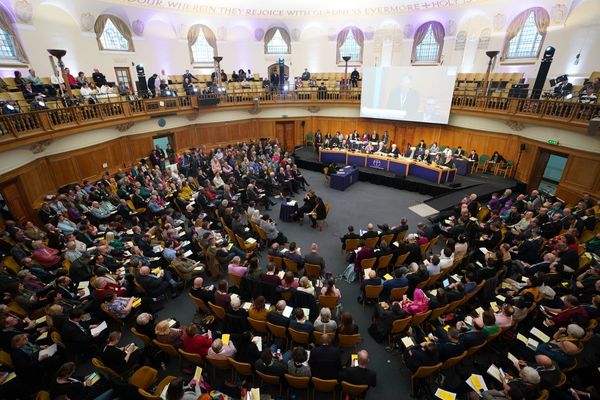- Deepfakes face stricter regulation in China as the country sees more academic research and commercial use of the technology
Can't draw? Don't worry. AI can now turn your scribbles into a realistic human face.
DeepFaceDrawing is a new AI system designed to generate realistic images of human faces based on simple or incomplete sketches. Created by a team of researchers at the Chinese Academy of Sciences and City University of Hong Kong, their research paper proposes that it can be used for anything from character design to criminal investigations.

Systems like this work by analyzing a massive number of different faces, allowing the program to understand what makes a human face. Researchers say DeepFaceDrawing was trained with pictures of 6,247 men and 11,456 women. Other forms of synthetic media, like the realistic-looking doctored videos known as deepfakes, rely on this approach.
But the content of the database will have an impact on the results. The majority of the images used were either of white or South American faces. And it appears that many celebrities were included, which might explain why the program seems to generate touched-up and glamorous-looking faces.
There have been similar systems before, like Pix2Pix. But the creators of DeepFaceDrawing say their approach is better, because it doesn't rely on detailed sketches to generate results. They claim that you don't have to be a professional to use the system: DeepFaceDrawing was trained on 17,000 sketches of varying quality, allowing it to interpret a much wider range of drawings than competing systems.

China has long experimented with other forms of synthetic, or AI-generated, media.
Last year, an app named Zao went viral because it allowed users to swap faces with celebrities on movies and TV shows. Zao was later removed from app stores after triggering an uproar over privacy concerns. Another viral use of the technology happened earlier this year, when an online drama series swapped the face of an actress with another actress. The awkward results led to nationwide ridicule in China.
There are attempts to control the spread of synthetic media. Last November, the Cyberspace Administration of China said that AI-generated audio and video content needs to be clearly marked. And in May, China passed a civil code that will enable regulation of deepfakes. It's scheduled to come into force at the start of 2021.
For more on China tech visit abacusnews.com or subscribe to our newsletter via abacusnews.com/newsletter for the latest China tech news, reviews and product launches.
Copyright (c) 2020. South China Morning Post Publishers Ltd. All rights reserved.







